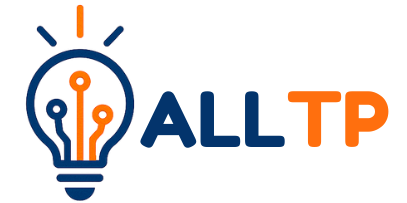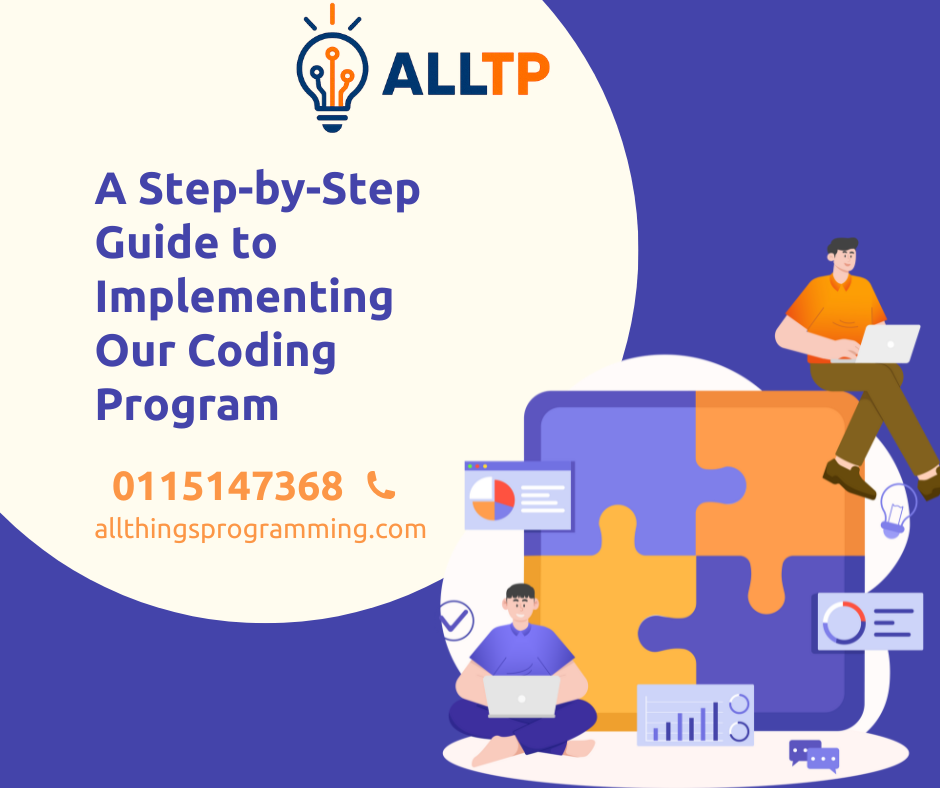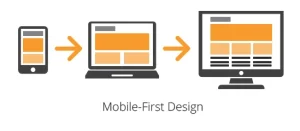In today’s fast-evolving digital world, coding education has become an essential skill for students of all ages. Beyond preparing learners for future careers in technology, coding nurtures critical thinking, creativity, and problem-solving abilities that are vital in almost every field. Schools that integrate coding into their curriculum equip students with a competitive edge and empower them to participate actively in the digital economy.
All Things Programming is a leading coding education provider committed to making quality coding instructions, including coding for kids, accessible and affordable for schools across Kenya and beyond. With a practical, teacher-friendly curriculum and comprehensive training programs, All Things Programming supports educators to confidently deliver coding lessons, even without prior IT experience.
This article provides a step-by-step guide for schools and educators on how to successfully implement the All Things Programming curriculum. Whether you are starting from scratch or looking to enhance your existing digital education offerings, this guide will walk you through every essential stage to ensure a smooth and effective coding program rollout.
Understanding the Benefits of Implementing the Program
Implementing the All Things Programming coding curriculum offers numerous advantages for both students and educators.
Enhancing Digital Literacy Among Students
Incorporating coding into the school curriculum equips students with essential digital skills. These foundational abilities enable learners to confidently navigate and create within an increasingly technology-driven world.
Developing Problem-Solving and Critical Thinking Skills
Coding encourages students to break down complex problems into manageable steps. This logical thinking approach strengthens their analytical skills and fosters creativity, qualities that are valuable beyond the classroom.
Preparing Students for Future Career Opportunities in Tech
With the tech industry expanding rapidly, early coding education opens doors to a wide range of career paths. Students gain a head start, becoming more competitive candidates for jobs in software development, data science, cybersecurity, and more.
Supporting Teachers with Ready-to-Use Resources and Training
All Things Programming provides teachers with a comprehensive curriculum and practical resources that simplify lesson planning. Additionally, the program offers dedicated training to empower educators, regardless of their prior experience, to deliver effective coding instruction confidently.
Step 1: Assess Your School’s Current Readiness
Before implementing the All Things Programming curriculum, it’s important to evaluate your school’s readiness to ensure a smooth start.
Evaluate Existing Computer and Internet Infrastructure
Begin by reviewing the availability and condition of computers, tablets, or other digital devices that students will use. Reliable internet connectivity is also essential for accessing online coding platforms and resources. Identify any gaps or needs for upgrades early to plan accordingly.
Identify Current Teacher Skills and Experience with Coding
Assess the technical skills of your teaching staff, particularly their familiarity with coding concepts and digital tools. Understanding their experience level helps determine the type and intensity of training they may require to confidently deliver the program.
Determine Student Age Groups and Numbers for the Program
Consider which student groups will participate in the coding program. All Things Programming offers a curriculum tailored to different age ranges and skill levels. Knowing your student population size and grade distribution will help you plan resource allocation and scheduling.
This readiness assessment provides a clear picture of your starting point and enables informed decisions throughout the implementation process.
Step 2: Partner with All Things Programming
The next step in implementing the coding program is establishing a partnership with All Things Programming, your trusted guide and resource provider.
How to Contact and Engage with All Things Programming
Reach out through the official website or contact channels to express your school’s interest. The team at All Things Programming will guide you through the enrollment process, answer your questions, and help tailor the program to fit your school’s unique needs.
Overview of Available Packages and Options for Schools
All Things Programming offers flexible packages designed to accommodate different school sizes and budgets. Whether you are a small school starting with a pilot program or a larger institution aiming for full integration, there are scalable options including curriculum licenses, teacher training modules, and ongoing support services.
Understanding the Support Provided
Partnering with All Things Programming means gaining access to a comprehensive coding curriculum designed for easy implementation. The program includes detailed lesson plans, student projects, and assessment tools.
Moreover, teachers receive specialized training and continuous professional development to build confidence and expertise. Additional resources, such as online platforms and community forums, help ensure lasting success.
With this partnership, schools are fully equipped to deliver a high-quality coding education without the need for expensive IT hires or infrastructure.
Step 3: Teacher Training and Capacity Building
Successful implementation of the All Things Programming curriculum hinges on well-prepared teachers who feel confident delivering coding lessons.
Importance of Teacher Training for Successful Program Delivery
Even teachers without prior coding experience can effectively teach the curriculum with the right support. Proper training ensures educators understand the concepts, tools, and teaching methods needed to engage students and foster a productive learning environment.
Details About the Free Training Provided by All Things Programming
All Things Programming offers accessible training programs designed to fit within school budgets. These training sessions cover both foundational coding knowledge and practical classroom strategies. The training is often available online, making it easy for teachers to participate regardless of location.
Continuous Professional Development (CPD) Opportunities
Beyond initial training, teachers can access ongoing CPD programs that keep them updated on the latest coding trends, educational technologies, and teaching best practices. This continuous learning helps sustain high-quality instruction and supports career growth for educators.
Supporting Non-IT Teachers to Confidently Teach Coding
A key feature of All Things Programming is its focus on empowering teachers from diverse backgrounds. The curriculum is designed with clear, step-by-step lesson plans and teacher guides, enabling even those without an IT background to deliver engaging and effective coding lessons.
By investing in teacher training and capacity building, schools set the foundation for a thriving coding program that benefits both students and educators.
Step 4: Curriculum Implementation
With trained teachers ready, the next step is to effectively integrate the All Things Programming curriculum into your school’s learning environment.
Overview of the Coding Curriculum and Its Structure
The All Things Programming curriculum is designed to be comprehensive yet flexible. It covers foundational coding concepts and progressively advances to more complex topics. The curriculum is segmented into clear modules suited for different age groups and skill levels, ensuring that students build knowledge step-by-step.
How to Integrate Coding Lessons into Existing School Timetables
Coding lessons can be incorporated as standalone classes or integrated into existing subjects such as mathematics or computer studies. Schools have the flexibility to schedule coding sessions weekly or bi-weekly, depending on their timetable and student needs. Careful planning helps ensure coding becomes a consistent part of the academic routine without overwhelming students or teachers.
Use of Practical Projects and Real-World Examples
Hands-on learning is a core principle of the curriculum. Students engage in practical coding projects that mirror real-world problems, enhancing understanding and retention. These projects encourage creativity, collaboration, and critical thinking, making coding both relevant and exciting.
Accessing Digital Platforms and Resources.
All Things Programming provides access to user-friendly digital platforms where students can practice coding in interactive environments. Teachers and students also benefit from downloadable resources, lesson plans, and assessment tools that streamline lesson preparation and delivery.
Step 5: Classroom Delivery and Student Engagement
Delivering the coding curriculum effectively requires more than just lesson plans; it calls for active student participation and dynamic teaching methods.
Tips for Engaging Students with Hands-On Coding Activities
Hands-on activities capture students’ interest and make abstract coding concepts tangible. Encourage learners to experiment, debug, and build projects that reflect their ideas. Incorporating games, puzzles, and interactive challenges keeps the learning process fun and stimulating.
Encouraging Collaboration and Creativity in the Classroom
Coding thrives in collaborative environments where students can share ideas and solve problems together. Promote pair programming, group projects, and peer-to-peer teaching to foster teamwork. Allowing students creative freedom in projects nurtures innovation and personal expression.
Monitoring Student Progress and Adapting Teaching Methods
Regular assessment helps identify areas where students may struggle. Use quizzes, project reviews, and informal check-ins to track progress. Based on feedback and observation, tailor your teaching approaches to support different learning styles and paces, ensuring no student is left behind.
Step 6: Monitoring, Evaluation, and Feedback
Ongoing monitoring and evaluation are essential to ensure the coding program meets its goals and continues to improve.
Tools and Methods to Assess Student Learning Outcomes
Utilize a variety of assessment tools such as quizzes, coding assignments, project presentations, and practical tests to measure student understanding and skill development. Digital platforms provided by All Things Programming often include built-in tracking features that simplify performance monitoring.
Collecting Feedback from Teachers and Students
Regularly gather input from both teachers and students through surveys, interviews, and informal discussions. This feedback highlights what’s working well and identifies challenges that need attention, creating a dialogue for continuous enhancement.
Adjusting the Program Based on Evaluation Results for Continuous Improvement
Use evaluation data and feedback to refine teaching strategies, update curriculum content, and improve resource allocation. This iterative process helps the program stay relevant, effective, and aligned with the evolving needs of your school community.
Step 7: Expanding and Sustaining the Program
To maximize impact, it’s important to plan for the growth and long-term success of your coding program.
Strategies for Scaling the Program to More Classes or Schools
Begin by piloting the program with a small group before gradually increasing student participation across additional classes. Sharing success stories and measurable outcomes helps gain buy-in from school leadership and other stakeholders. Consider collaborating with nearby schools to extend the benefits of the program regionally.
Building a Community of Practice Among Teachers and Students
Foster a supportive network where teachers can exchange ideas, share resources, and troubleshoot challenges together. Similarly, encourage students to collaborate beyond the classroom through coding clubs, competitions, and online forums. This sense of community enhances motivation and continuous learning.
Leveraging Partnerships and Funding Opportunities
Identify potential partners such as local businesses, NGOs, and government initiatives that support digital education. These relationships can provide financial resources, mentorship, and additional learning opportunities. Applying for grants or sponsorships can also help sustain and expand the program.
Conclusion
Implementing a coding program may seem challenging, but by following these steps, you can create a thriving environment for digital learning, including coding for beginners.
All Things Programming is committed to supporting schools every step of the way, providing expert resources, comprehensive training, and ongoing guidance to ensure your coding program’s success.
Take the first step today by reaching out to All Things Programming and joining the growing community of schools empowering students with essential coding skills for the future. The journey to transforming your school’s digital education starts now!




